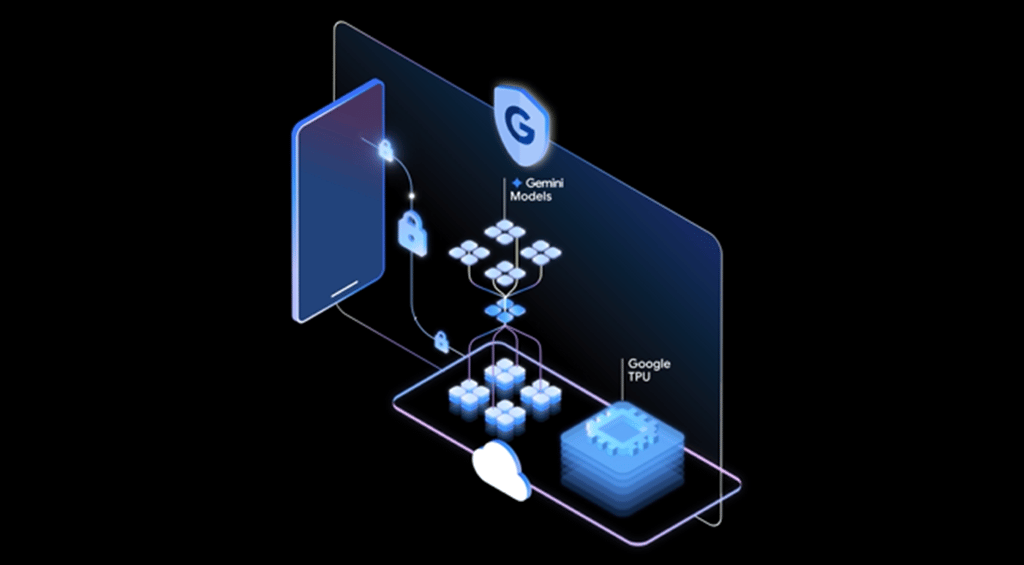Vendor lock-in is a fear that spreads into the cloud, according to a new hybrid cloud survey from Stratoscale, a cloud infrastructure startup known for help organizations to spin up Amazon Web Services (AWS) regions within the confines of their own data centers. Feeling trapped by one’s server, storage and software investments isn’t unique to […]
Datamation content and product recommendations are
editorially independent. We may make money when you click on links
to our partners.
Learn More
Vendor lock-in is a fear that spreads into the cloud, according to a new hybrid cloud survey from Stratoscale, a cloud infrastructure startup known for help organizations to spin up Amazon Web Services (AWS) regions within the confines of their own data centers.
Feeling trapped by one’s server, storage and software investments isn’t unique to on-premises IT environments. After polling 650 IT professionals, the company found that more than 80 percent of enterprises are experiencing high or moderate levels of concerns over public cloud lock-in. These worries are more acute among C-level and high-rankings IT executives, according to the study.
Cloud Storage and Backup Benefits
Protecting your company’s data is critical. Cloud storage with automated backup is scalable, flexible and provides peace of mind. Cobalt Iron’s enterprise-grade backup and recovery solution is known for its hands-free automation and reliability, at a lower cost. Cloud backup that just works.
SCHEDULE FREE CONSULT/DEMO
Another big concern is security, and rightfully so. It is the primary reason enterprises are opting for private cloud solutions. Respondents generally agreed that it would take security improvements and some price slashing to get them to replace their private cloud deployments with public cloud services.
Stratoscale’s findings also indicate that those concerns are keeping businesses and their workloads from making the move to the public cloud.
Most organizations (65 percent) have migrated less than 20 percent of their workloads to public cloud data centers. Among large enterprises with over 10,000 employees, 70 percent said they transitioned less than 20 percent of their workloads to public clouds.
Among enterprises that have embraced the public cloud, most have done so tentatively, the study suggests. More than 80 percent of those organizations are avoiding placing regulated apps, sensitive data and high-priority workloads in the trust of public cloud providers.
Enterprises may be dragging their feet along the journey to the hybrid cloud, but the demands of their digital transformation efforts and other initiatives to modernize their business processes for the cloud, mobile and IoT era will start nudging them into the arms of public cloud vendors.
“The transformation to a ‘digital business’ by implementing cloud services and platforms is no longer much of an option – it’s an imperative for the continued survival of any enterprise. The findings from our survey confirm what we’re hearing from our customers—although many have started their journey to the public cloud, the vast majority of companies are still running mission critical workloads and sensitive data in private solutions, primarily for security reasons,” said Ariel Maislos, CEO at Stratoscale, in a statement.
“It’s clear the hybrid cloud model represents the near and long-term future for most enterprises, regardless of size,” added the Stratoscale executive.
Pedro Hernandez is a contributing editor at Datamation. Follow him on Twitter @ecoINSITE.
-
Ethics and Artificial Intelligence: Driving Greater Equality
FEATURE | By James Maguire,
December 16, 2020
-
AI vs. Machine Learning vs. Deep Learning
FEATURE | By Cynthia Harvey,
December 11, 2020
-
Huawei’s AI Update: Things Are Moving Faster Than We Think
FEATURE | By Rob Enderle,
December 04, 2020
-
Keeping Machine Learning Algorithms Honest in the ‘Ethics-First’ Era
ARTIFICIAL INTELLIGENCE | By Guest Author,
November 18, 2020
-
Key Trends in Chatbots and RPA
FEATURE | By Guest Author,
November 10, 2020
-
Top 10 AIOps Companies
FEATURE | By Samuel Greengard,
November 05, 2020
-
What is Text Analysis?
ARTIFICIAL INTELLIGENCE | By Guest Author,
November 02, 2020
-
How Intel’s Work With Autonomous Cars Could Redefine General Purpose AI
ARTIFICIAL INTELLIGENCE | By Rob Enderle,
October 29, 2020
-
Dell Technologies World: Weaving Together Human And Machine Interaction For AI And Robotics
ARTIFICIAL INTELLIGENCE | By Rob Enderle,
October 23, 2020
-
The Super Moderator, or How IBM Project Debater Could Save Social Media
FEATURE | By Rob Enderle,
October 16, 2020
-
Top 10 Chatbot Platforms
FEATURE | By Cynthia Harvey,
October 07, 2020
-
Finding a Career Path in AI
ARTIFICIAL INTELLIGENCE | By Guest Author,
October 05, 2020
-
CIOs Discuss the Promise of AI and Data Science
FEATURE | By Guest Author,
September 25, 2020
-
Microsoft Is Building An AI Product That Could Predict The Future
FEATURE | By Rob Enderle,
September 25, 2020
-
Top 10 Machine Learning Companies 2021
FEATURE | By Cynthia Harvey,
September 22, 2020
-
NVIDIA and ARM: Massively Changing The AI Landscape
ARTIFICIAL INTELLIGENCE | By Rob Enderle,
September 18, 2020
-
Continuous Intelligence: Expert Discussion [Video and Podcast]
ARTIFICIAL INTELLIGENCE | By James Maguire,
September 14, 2020
-
Artificial Intelligence: Governance and Ethics [Video]
ARTIFICIAL INTELLIGENCE | By James Maguire,
September 13, 2020
-
IBM Watson At The US Open: Showcasing The Power Of A Mature Enterprise-Class AI
FEATURE | By Rob Enderle,
September 11, 2020
-
Artificial Intelligence: Perception vs. Reality
FEATURE | By James Maguire,
September 09, 2020
SEE ALL
CLOUD ARTICLES









